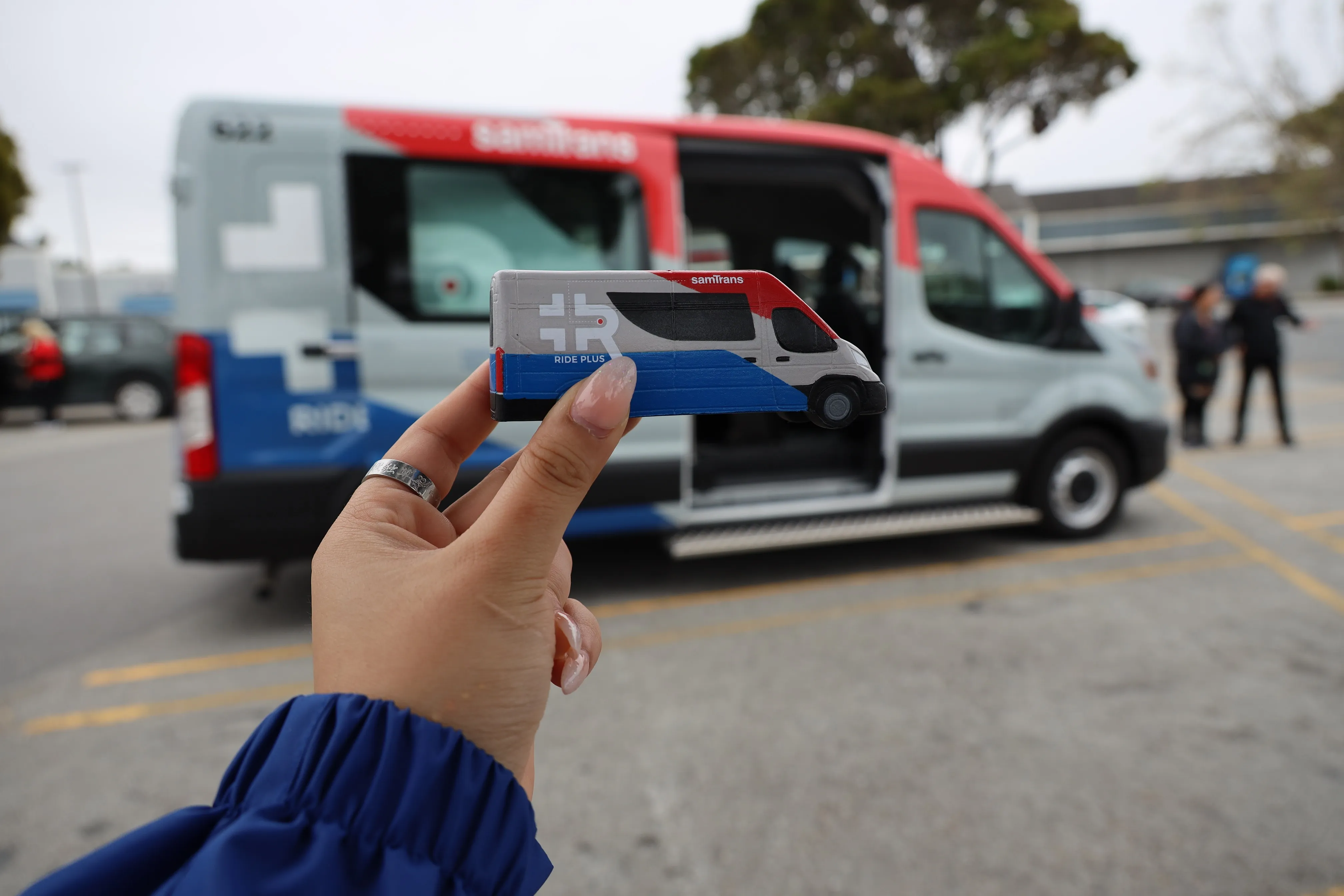DemandTrans Solutions has partnered with
John E. Michel, DemandTrans chairman, said: “Mobility-DR and Switch, our mobility-as-a-service technologies, function as automated mobility operators, seamlessly integrating legs of a trip to maximize the user experience. With the integration of EasyMile’s proven autonomous vehicle solution, our fused suite of demand responsive capabilities provides an end-to-end mobility solution right to a user’s smartphone.”
Lauren Isaac, EasyMile’s director of business initiatives in North America, said: “We are excited about this EasyMile/DemandTrans partnership because we believe it’s combining best-in-class technologies to truly personalize the customer experience. Customers expect to use their Smartphones to get from point to point and now they can do so with an autonomous shuttle. And with DemandTrans’ decades of experience providing innovative demand responsive services to many of North America’s largest cities such as Oakland, Chicago, Denver, and soon, Los Angeles and Nashville, we are confident they can help us continue to demonstrate the tremendous flexibility and affordability our autonomous shuttles provide in making public transit more effective and efficient for agencies and riders alike.”
DemandTrans partners with Easymile on driverless shuttles, North America
DemandTrans Solutions has partnered with EasyMile to enable North American transportation providers to offer an on-demand service to driverless shuttles. It will also launch a user app with the intention of ensuring point-to-point autonomous transportation. John E. Michel, DemandTrans chairman, said: “Mobility-DR and Switch, our mobility-as-a-service technologies, function as automated mobility operators, seamlessly integrating legs of a trip to maximize the user experience. With the integration of
January 24, 2018
Read time: 2 mins










